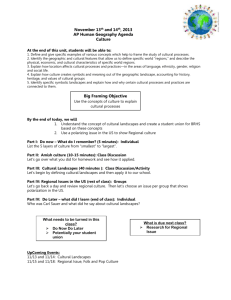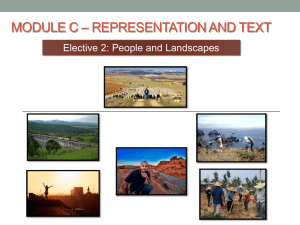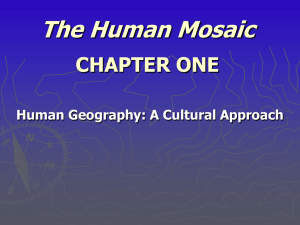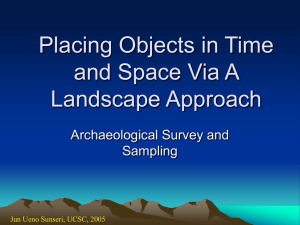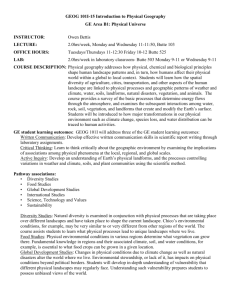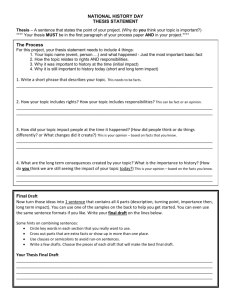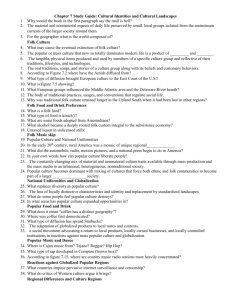presentación - Vicens Vives
advertisement
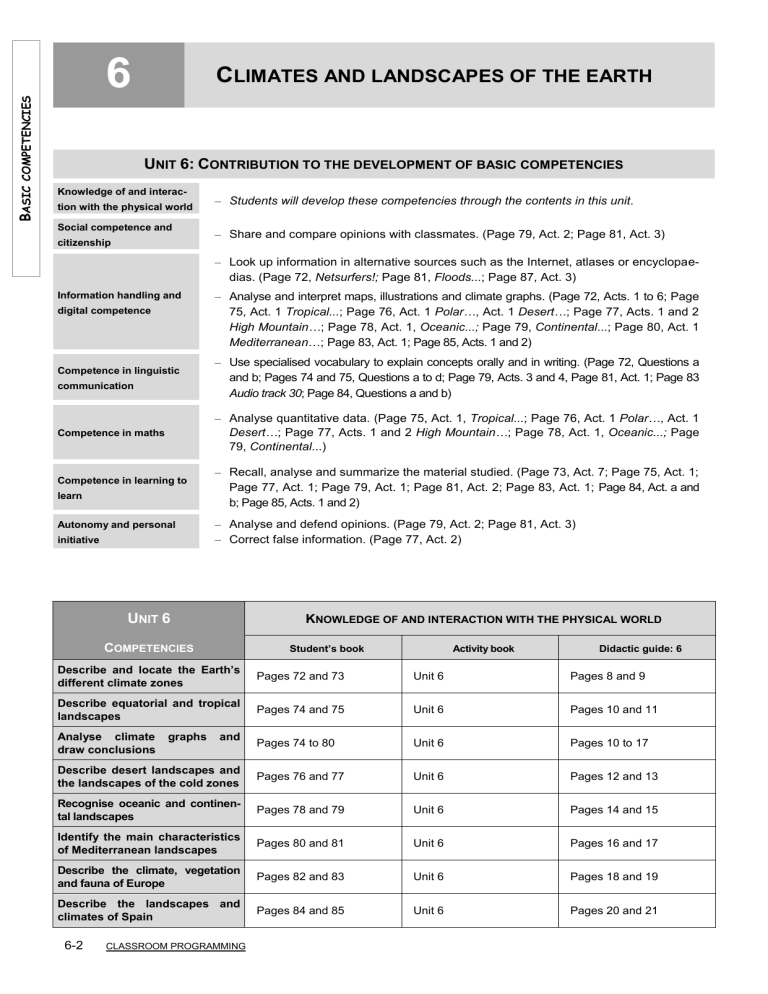
BASIC COMPETENCIES 6 CLIMATES AND LANDSCAPES OF THE EARTH UNIT 6: CONTRIBUTION TO THE DEVELOPMENT OF BASIC COMPETENCIES Knowledge of and interaction with the physical world Social competence and citizenship – Students will develop these competencies through the contents in this unit. – Share and compare opinions with classmates. (Page 79, Act. 2; Page 81, Act. 3) – Look up information in alternative sources such as the Internet, atlases or encyclopaedias. (Page 72, Netsurfers!; Page 81, Floods...; Page 87, Act. 3) Information handling and digital competence Competence in linguistic communication – Analyse and interpret maps, illustrations and climate graphs. (Page 72, Acts. 1 to 6; Page 75, Act. 1 Tropical...; Page 76, Act. 1 Polar…, Act. 1 Desert…; Page 77, Acts. 1 and 2 High Mountain…; Page 78, Act. 1, Oceanic...; Page 79, Continental...; Page 80, Act. 1 Mediterranean…; Page 83, Act. 1; Page 85, Acts. 1 and 2) – Use specialised vocabulary to explain concepts orally and in writing. (Page 72, Questions a and b; Pages 74 and 75, Questions a to d; Page 79, Acts. 3 and 4, Page 81, Act. 1; Page 83 Audio track 30; Page 84, Questions a and b) – Analyse quantitative data. (Page 75, Act. 1, Tropical...; Page 76, Act. 1 Polar…, Act. 1 Desert…; Page 77, Acts. 1 and 2 High Mountain…; Page 78, Act. 1, Oceanic...; Page 79, Continental...) Competence in maths Competence in learning to learn Autonomy and personal initiative – Recall, analyse and summarize the material studied. (Page 73, Act. 7; Page 75, Act. 1; Page 77, Act. 1; Page 79, Act. 1; Page 81, Act. 2; Page 83, Act. 1; Page 84, Act. a and b; Page 85, Acts. 1 and 2) – Analyse and defend opinions. (Page 79, Act. 2; Page 81, Act. 3) – Correct false information. (Page 77, Act. 2) UNIT 6 KNOWLEDGE OF AND INTERACTION WITH THE PHYSICAL WORLD COMPETENCIES Student’s book Activity book Didactic guide: 6 Describe and locate the Earth’s different climate zones Pages 72 and 73 Unit 6 Pages 8 and 9 Describe equatorial and tropical landscapes Pages 74 and 75 Unit 6 Pages 10 and 11 Analyse climate draw conclusions Pages 74 to 80 Unit 6 Pages 10 to 17 Describe desert landscapes and the landscapes of the cold zones Pages 76 and 77 Unit 6 Pages 12 and 13 Recognise oceanic and continental landscapes Pages 78 and 79 Unit 6 Pages 14 and 15 Identify the main characteristics of Mediterranean landscapes Pages 80 and 81 Unit 6 Pages 16 and 17 Describe the climate, vegetation and fauna of Europe Pages 82 and 83 Unit 6 Pages 18 and 19 Describe the landscapes and climates of Spain Pages 84 and 85 Unit 6 Pages 20 and 21 6-2 graphs and CLASSROOM PROGRAMMING CLIMATES AND LANDSCAPES OF THE EARTH – Identify the Earth’s climate zones and locate them on a map. DIDACTIC OBJECTIVES – Describe the climate, rivers, vegetation, fauna and population in different regions of the world and locate these regions on a map. – Analyse and compare climate graphs from different climate zones. – Describe the vegetation of different types of landscapes by studying, analysing and interpreting photos and drawings. – Learn how to represent statistics in a graph. – Describe the climates, vegetation and fauna of Europe. – Recognise the climates of Spain and understand how they are distributed. – Use specialised vocabulary about climate and landscapes correctly. – The Earth’s climate zones. CONTENTS – Equatorial and tropical landscapes. – Desert, polar and mountain landscapes. – Oceanic, continental and Mediterranean landscapes. – Europe’s climates and landscapes. – Spain’s climates and landscapes: Atlantic, Mediterranean, continental and subtropical. – Understand where the Earth’s climate zones are located and describe their main characteristics. – Analyse, interpret and compare climate graphs. – Compare the characteristics of different types of climates. – Understand where the different landscapes studied can be found on Earth. – Look up information on the Internet and in other sources. – Complete texts explaining concepts introduced in the unit. – Match pictures with the correct type of landscape. – Make a concept map about the Earth’s landscapes. – Recognise the impact of human activities on landscapes. – Use specialised vocabulary about climate and landscapes. EVALUATION CRITERIA – Find out whether the students know the Earth’s climates and landscapes, and can locate them on a map. – Observe whether they can interpret a climate graph and identify the corresponding climate. – Check if they can recognize the features of the climate, rivers, vegetation, fauna and population of different types of landscapes. – Make sure they appreciate the impact of human action on the landscapes studied. – Verify that they can analyse and compare different types of landscapes and vegetation in photos and drawings. – Evaluate whether they are able to use the vocabulary of the unit accurately to describe and explain geographical phenomena. CLASSROOM PROGRAMMING 6-3 CLASSROOM PROGRAMMING 6
